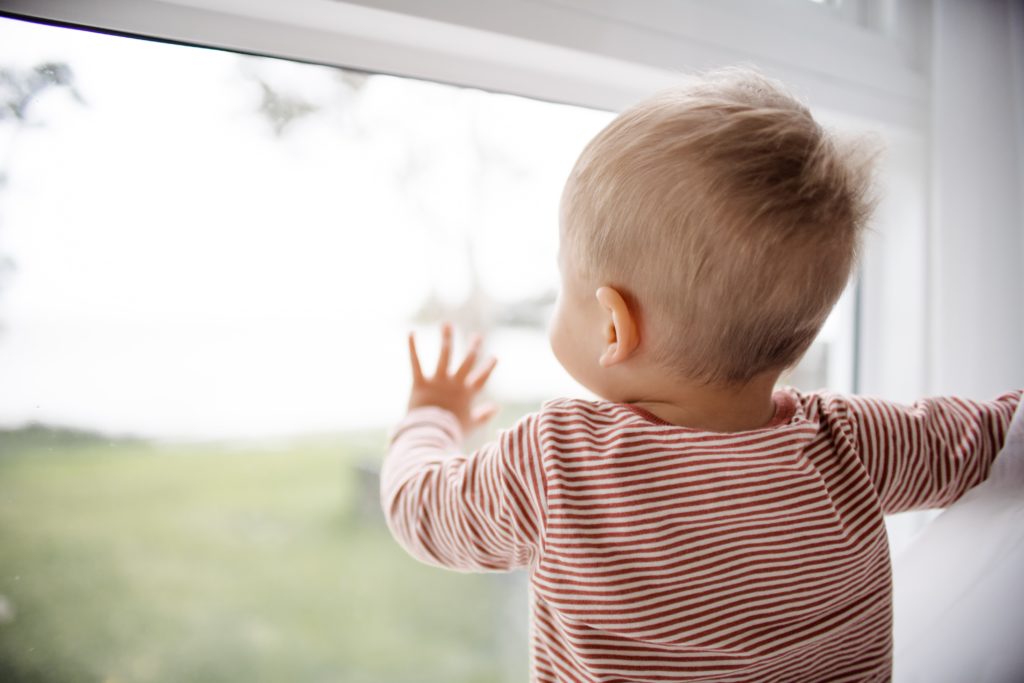It’s no secret that buying a home can be a stressful, labor-intensive endeavor, especially if you’re a first-time homebuyer. There’s a lot of details to keep track of in a short period of time, not to mention all of the packing and unpacking.
If you’re a parent with young children, there are added stressors that come from worrying about how they’ll adjust to their now home and navigating their new surroundings.
To help avoid common household hazards, below is a list of several childproofing tips to keep in mind when you move into a new home.
- Check your windows, and that doesn’t mean just admiring the new view. If your new home has window coverings, it’s important to check that they are either cordless or have inaccessible cords. Why? Window covering cords pose a strangulation hazard for young children who can become accidentally entangled. This applies for both new builds and older homes – in both instances you may find that the coverings already in the home don’t meet the latest standards. If that is the case, WCSC recommends you replace them with cordless options, like coverings marked with the Best for KidsTM certification label.
- Inspect your doors. Children who are old enough to move throughout the home may let themselves into rooms that are not safe or even accidentally out of the home. If they know how to operate a door they also run the risk of jamming their fingers in the hinges or in between the door and frame. If you believe this may be a concern with your children, doorstops, latches or locks may be a solution.
- Avoid sharp objects. If you have any furniture that has sharp corners, such as a coffee table, purchase edge and corner guards to protect from injury if a young child stumbles or falls. Also avoid glass furniture or décor items that might shatter.
- Block off staircases. If your new home has stairs, children who are starting to be mobile, but haven’t learned how to use them yet may be at risk of falling and injury. When this is the case, baby gates at both the top and bottom can be a great solution, just make sure to teach any older children how to properly use them as well as to set an example on proper stair use.
- Secure top-heavy furniture. Unfortunately, only 64% of parents are aware of this safety hazard according to a recent survey. Pieces like dressers and bookshelves can pose a safety hazard to young children who may pull on them for support/balance or get curious and try to climb as the furniture may tip and fall onto the child.
- Get low. By getting down on all fours and crawling on all fours, you’ll have a better perception of what your child sees, including all of the enticing hazards you might be overlooking such as exposed electrical cords or pet food bowls.
For more childproofing tips, visit the Window Covering Safety Council’s Childproofing page.

